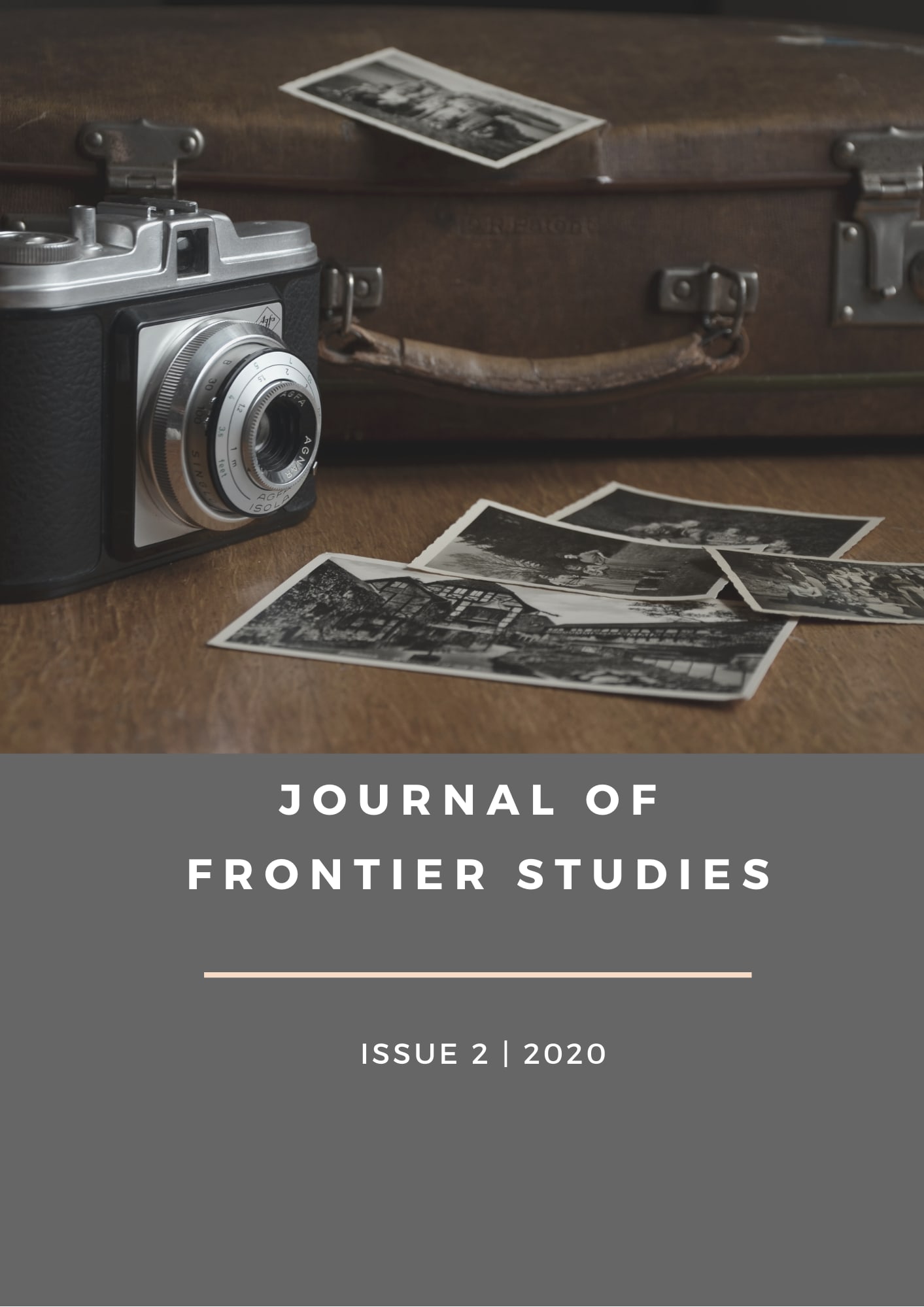Abstract
The article discusses constructing ideas about the epoch of Peter I using the metaphor «window to Europe». From the moment of its appearance this metaphor meant overcoming the cultural borders between Russia and Europe. The reformatory activities of Peter I destroyed these boundaries. The metaphor reflected the mythological perception of the Russian Emperor’s image and the process of Russia's rebirth. The stereotypical perception of Russia by Europeans after Peter's reforms contributed to the birth of the metaphor. It became famous from the work of F. Algarotti. A. S. Pushkin used this popular phrase in his poem «the Bronze horseman». The metaphor fixed myths about Peter's transformations in the collective memory of the Russians. The metaphor «window to Europe» was perceived as bridging the cultural frontier between civilization and barbarism. Transformations of the metaphor in different historical periods did not change its main characteristics. Variations of the metaphor further entrenched Peter's myths in cultural memory. Writers, poets, publicists, and historians have used the metaphor «window to Europe» in both positive and negative contexts to describe mutual influence of Russia and Europe. In the modern digital age it is still relevant - it retains its original meaning and has become an effective tool for constructing the past.
References
Algarotti, F. (2014). Journey to Russia. Saint Petersburg: Nauka (in Russian)
Andreeva, A. A. (2014). «Frontier» as a cultural and historical category. Bulletin of the Maikop state technological University, (3), 11-15. (in Russian)
Ankersmit, F. R. (2003). History and tropology: the rise and fall of metaphor. Moscow: Progress-Tradition (in Russian)
Assman, Ya. (2004). Cultural memory: Writing, memory of the past, and political identity in high cultures of antiquity. Moscow: languages of Slavic culture. (in Russian)
Barsukov, H. P. (1889). Life and works of M. P. Pogodin (Book 2.). Saint Petersburg: Printing House of M. M. Stasyulevich (in Russian)
Belinsky, V. G. (1953-1959). Complete works (Vol. 1-13). Moscow: Publishing house of the USSR Academy of Sciences (in Russian)
Evolution of approaches to the study of the frontier. Part 2 (2020, February 9). Journal of frontier research. Received from https://jfs.today/index.php/jfs/announcement/view/70 (in Russian)
Glazunova, O. I. (2000). The logic of metaphorical transformations. Saint Petersburg: Phil. FAC. SPbSU (in Russian)
Gordon, A.V. (2013). Russia in the history of French thought (XVIII-XXI centuries). Russia and the modern world: Problems. Opinions. Discussions. Eventi, 4(81), 76-102. (in Russian)
Isupov, K. G. (2015). Petersburg thesaurus. «Window to Europe». Society. Wednesday. Development, (1), 175-176. (in Russian)
Karamzin, N. M. (1988). Letters of a Russian traveler. Moscow: Truth (in Russian)
Kavelin, K. D. (2020). Thoughts and notes about Russian history. Selected essays. Moscow: Yurayt Publishing House (in Russian)
Khodasevich, V. F. (1991). Oscillating tripod: favorites. Moscow: Sov. writer (in Russian)
Klyuchevsky, V. O. (2010). The complete course of Russian history: in one book. Moscow: Litres (in Russian)
Kuraev, M. (1996). Travel from Leningrad to Saint Petersburg. New world, 10. Retrieved from http://www.nm1925.ru/Archive/Journal6_1996_10/Content/Publication6_5341/Default.aspx (in Russian)
Lotman, Y. M. (2010). Universe of the mind. Saint Petersburg: Art-SPb (in Russian)
Maikov, A. N. (1984). Essays in two volumes. Volume two. M.: Pravda (in Russian)
Mezin, S. A. (2002). Stereotypes of Russia in the European social thought of the XVIII century. Questions of history, (10), 148-157. (in Russian)
Mezin, S. A. (2003). View from Europe: French authors of the XVIII century about Peter I. Saratov: Sarat. Publishing house un-ta (in Russian)
Neklyudova, M. S. & Ospovat, A. L. (1997). Window to Europe: a Source study of the Bronze Horseman. In Lotman's collection (2), (pp. 255-272). Moscow: «O. G. I.» RSUH Publishing house. (in Russian)
Potebnya, A. A. (1989). The word and the myth. Moscow: Truth (in Russian)
Pushkin, A. S. (1977-1979). Complete works (Vol. 1-10). Leningrad: Nauka. Leningr. otd-nie (in Russian)
Shevyrev, S. P. (1830). Petrograd. Moskovsky Vestnik, 1(1), 3-6. (in Russian)
Stoyanova, E. (2008). From ritual and myth to metaphor. Bulletin of the Russian Academy of Sciences, series Russian and foreign languages and methods of their teaching, (4), 27-36. (in Russian)
Vyazemsky, P. A. (1883). Complete works (Vol. VIII) Saint Petersburg: Printing House of M. M. Stasyulevich (in Russian)
Wolf, L. (2003). Inventing Eastern Europe: A map of civilization in the minds of the Enlightenment. Moscow: A new lit. review (in Russian)
Yakhontov, A. N. (1988). Window to Europe. In Petersburg in Russian poetry, XVIII-beginning. XX century: poetry anthology (p. 193-195). The Leningrad: Leningrad University Publ (in Russian)

This work is licensed under a Creative Commons Attribution 4.0 International License.

